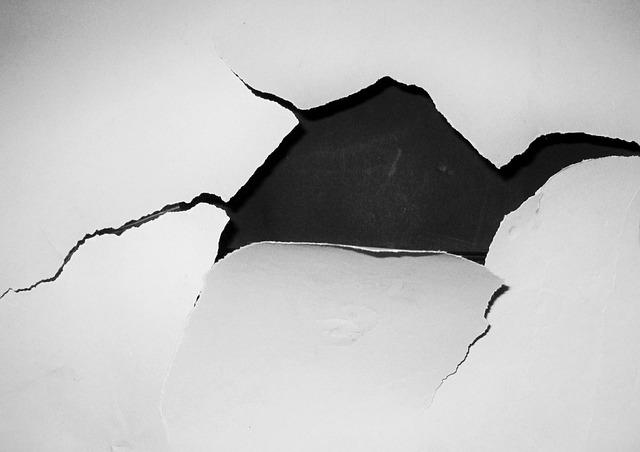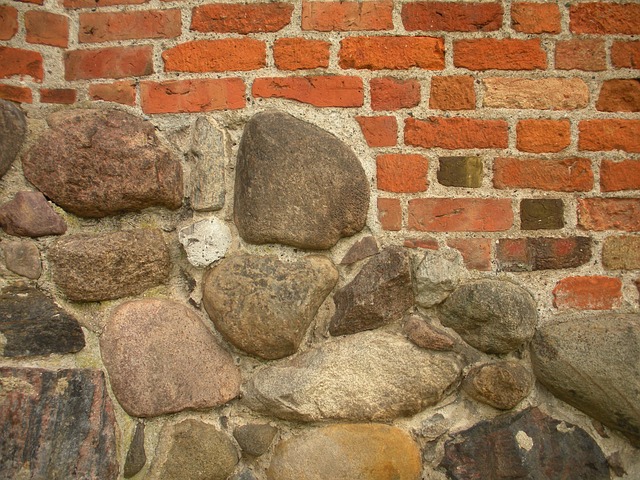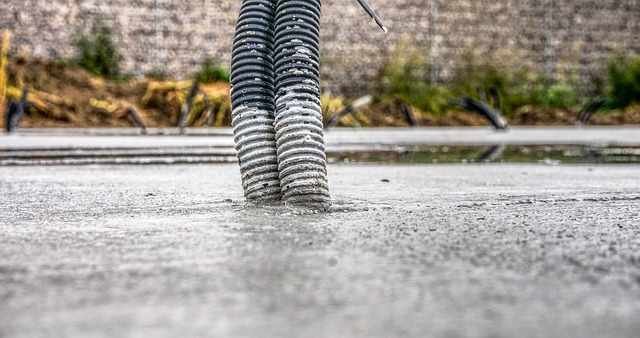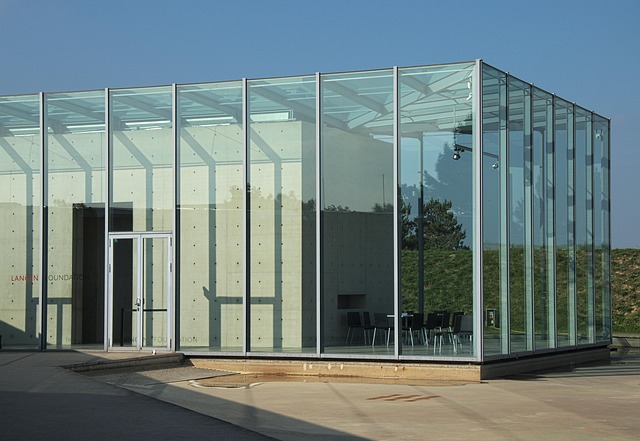Foundation cracks can range from minor to significant structural issues. Proper repair requires identifying crack types (vertical/horizontal) through visual inspection, noting length, width, and depth. Non-invasive methods like epoxy injections and carbon fiber wrapping are suitable for minor cracks, offering stabilization and long-term prevention. Professional evaluation is crucial for severe cracks, as they may indicate heave or soil movement, requiring underpinning or piering for permanent repairs. Hydraulic levelling provides a fast, eco-friendly solution for moderate cracks. Temporary fixes like crack sealants address aesthetics but not structural issues. Early detection and professional care prevent further damage and ensure your home's foundation remains stable.
“Foundations are the backbone of any structure, and keeping them intact is essential for a safe and stable home. Unfortunately, cracks can develop over time due to various factors, causing concern among homeowners. This comprehensive guide aims to demystify the process of fixing foundation cracks, offering practical solutions from initial assessment to advanced repair techniques.
We’ll explore non-invasive methods for minor cracks, powerful injection epoxies, and innovative carbon fiber wrapping. Learn when to seek professional help and discover long-lasting solutions for a solid, crack-free foundation.”
Understanding Foundation Cracks: Causes and Types

Foundation cracks can be a common concern for homeowners, but understanding their causes and types is key to effective fixing. These cracks often result from various factors such as settlement, shifting soil conditions, excessive moisture, or structural issues within the foundation itself. They can range from small hairline fractures to larger, more significant gaps, each requiring specific attention during the repair process.
Identifying the type of crack is crucial in determining the best course of action for fixing foundation cracks. For instance, vertical cracks often indicate soil settlement or drying concrete, while horizontal cracks usually signal excessive moisture or underlying structural problems. Prompt evaluation and diagnosis by a professional are essential to address these issues effectively and prevent further damage, ensuring the longevity and stability of your home’s foundation.
Assessing the Extent of Damage: Visual Inspection

When assessing foundation cracks, a thorough visual inspection is the first step in determining the best course of action for fixing them. Start by examining the length, width, and depth of the crack. Small, hairline fractures less than 1/8-inch wide are typically non-structural and can often be left alone. Wider or longer cracks, however, indicate more significant issues that may compromise the structural integrity of your home. Look for signs of ongoing movement like uneven floors, doors that stick or swing open, or walls that have bulged or tilted.
During your visual inspection, also take note of where the crack is located and if it’s symmetrical. Cracks near corners, doors, or windows are often caused by settlement and can usually be addressed through non-invasive methods like releveling or carbon fiber wrapping. Symmetrical cracks in load-bearing walls might suggest a more serious problem, such as heave or soil movement, requiring professional evaluation and potentially costly repairs.
Non-Invasive Repair Methods for Minor Cracks

When it comes to minor foundation cracks, there are several non-invasive repair methods that can effectively address the issue without causing additional stress or damage to the structure. One popular approach is using epoxy injections, which involve injecting a liquid epoxy into the crack to fill and stabilize it from within. This method is particularly useful for shallow, narrow cracks and can restore structural integrity with minimal disruption to the surface.
Another less invasive option is carbon fiber wrapping, where thin strips of carbon fiber fabric are applied over the crack, followed by a bonding agent. Carbon fiber is renowned for its strength-to-weight ratio, making it an excellent choice for reinforcing weak spots in concrete or masonry. This technique is often employed for larger cracks, offering both structural support and aesthetic improvements to the affected area.
Epoxy Injection: A Powerful Solution for Structured Cracks

Epoxy injection is a highly effective and lasting solution for fixing foundation cracks, particularly in structured crack scenarios. This method involves injecting a mixture of epoxy resin and hardener into the crack, where it expands and sets, filling the void completely. Epoxy’s exceptional strength and adhesion make it a powerful tool in foundation repair, ensuring long-term stability and preventing further damage.
The process begins with preparing the crack by cleaning and sealing it to create an ideal environment for the epoxy to bond. Once ready, the mixture is pumped into the crack under pressure, allowing it to flow deep into even the smallest crevices. As the epoxy sets, it hardens, providing a robust barrier against moisture intrusion and movement, thus halting crack propagation and preserving the structural integrity of the foundation.
Carbon Fiber Wrapping: Strengthening and Preventing Further Damage

Carbon Fiber Wrapping is an innovative solution for fixing foundation cracks, offering both strength and prevention. By applying a layer of carbon fiber tape over the crack, you create a robust barrier that reinforces the structural integrity of your foundation. This method not only stops the crack from spreading but also provides long-lasting protection against future damage caused by moisture intrusion and soil movement.
The process involves carefully cleaning and preparing the cracked area, then applying the carbon fiber wrap in multiple layers, ensuring complete coverage. This reinforcement is particularly effective for wider or deeper cracks where traditional patching methods might not be sufficient. Carbon Fiber Wrapping is a painless solution that preserves the aesthetics of your foundation without the need for extensive excavation or disruptive repairs.
Hydraulic Levelling: Adjusting Uneven Floors

Hydraulic levelling is a non-invasive method for fixing foundation cracks and adjusting uneven floors. This technique utilizes advanced technology to inject a specialized liquid into the crack, which expands and fills the void. As the liquid sets, it exerts upward pressure on the floor, gradually lifting and evening out any uneven areas. It’s an effective solution for minor to moderate cracks, offering a fast and efficient way to fix foundation issues without extensive demolition or complex repairs.
This method is particularly useful for those looking for a pain-free approach to fixing foundation cracks. Unlike traditional methods that may require extensive excavation or structural modifications, hydraulic levelling can be performed quickly and with minimal disruption. It’s also environmentally friendly, as it doesn’t involve the use of heavy machinery or chemicals.
Foundation Crack Sealants: Temporary vs. Permanent Solutions

When it comes to fixing foundation cracks, one of the primary considerations is whether to opt for a temporary or permanent solution. Foundation crack sealants offer a temporary fix, filling in visible gaps and preventing further water intrusion. These products are easy to apply and can provide an immediate aesthetic improvement. However, they may not address the underlying structural issues and often require recurring application over time.
On the other hand, permanent solutions involve more comprehensive methods such as underpinning or repairing the cause of the crack. While these methods demand significant investment and expertise, they offer long-lasting results by stabilising the foundation and preventing future damage. For severe cracks that compromise structural integrity, permanent fixes are essential for ensuring the safety and longevity of any property.
When to Call in Professional Foundation Repair Experts

If you’re noticing small cracks in your foundation, don’t immediately panic. Many minor cracks are normal and can be easily fixed with DIY methods. However, there are certain signs that indicate it’s time to call in professional foundation repair experts. Look out for wider cracks (those exceeding 1/4 inch or 6 mm), cracks that run diagonally across the walls or floor, or any crack accompanied by other symptoms like uneven floors, doors that stick, or bubbling paint. These could be indicative of more severe structural issues that require expert intervention to prevent further damage and costly repairs down the line.
Professional foundation repair specialists are equipped with advanced tools and expertise to diagnose complex problems accurately. They can assess the extent of the damage, identify its cause, and provide tailored solutions like underpinning, piering, or wall anchors for effective fixing of foundation cracks. Their services ensure long-lasting stability and structural integrity for your home, making them a wise investment when dealing with persistent or concerning foundation issues.
